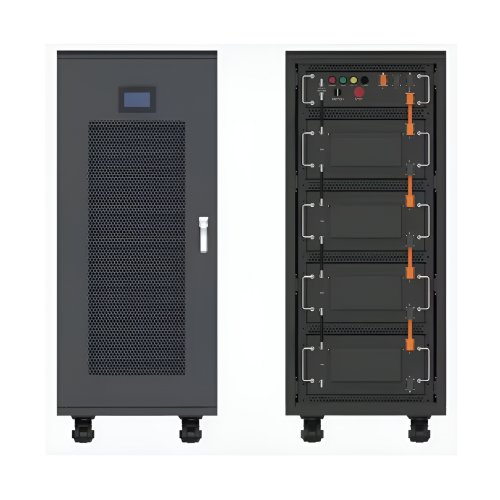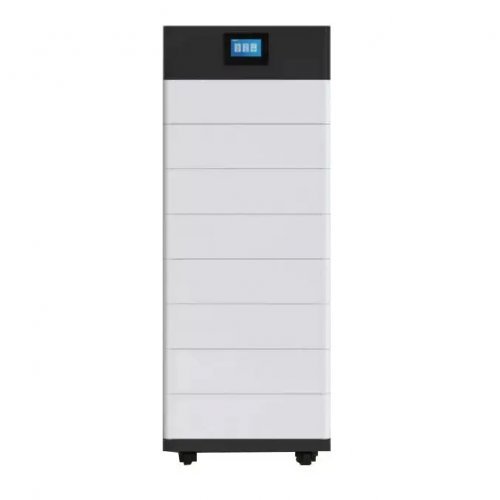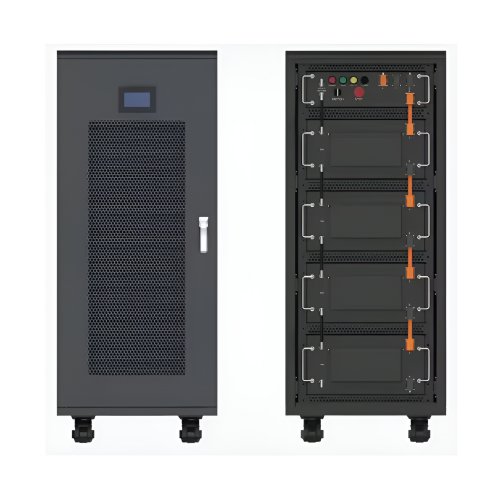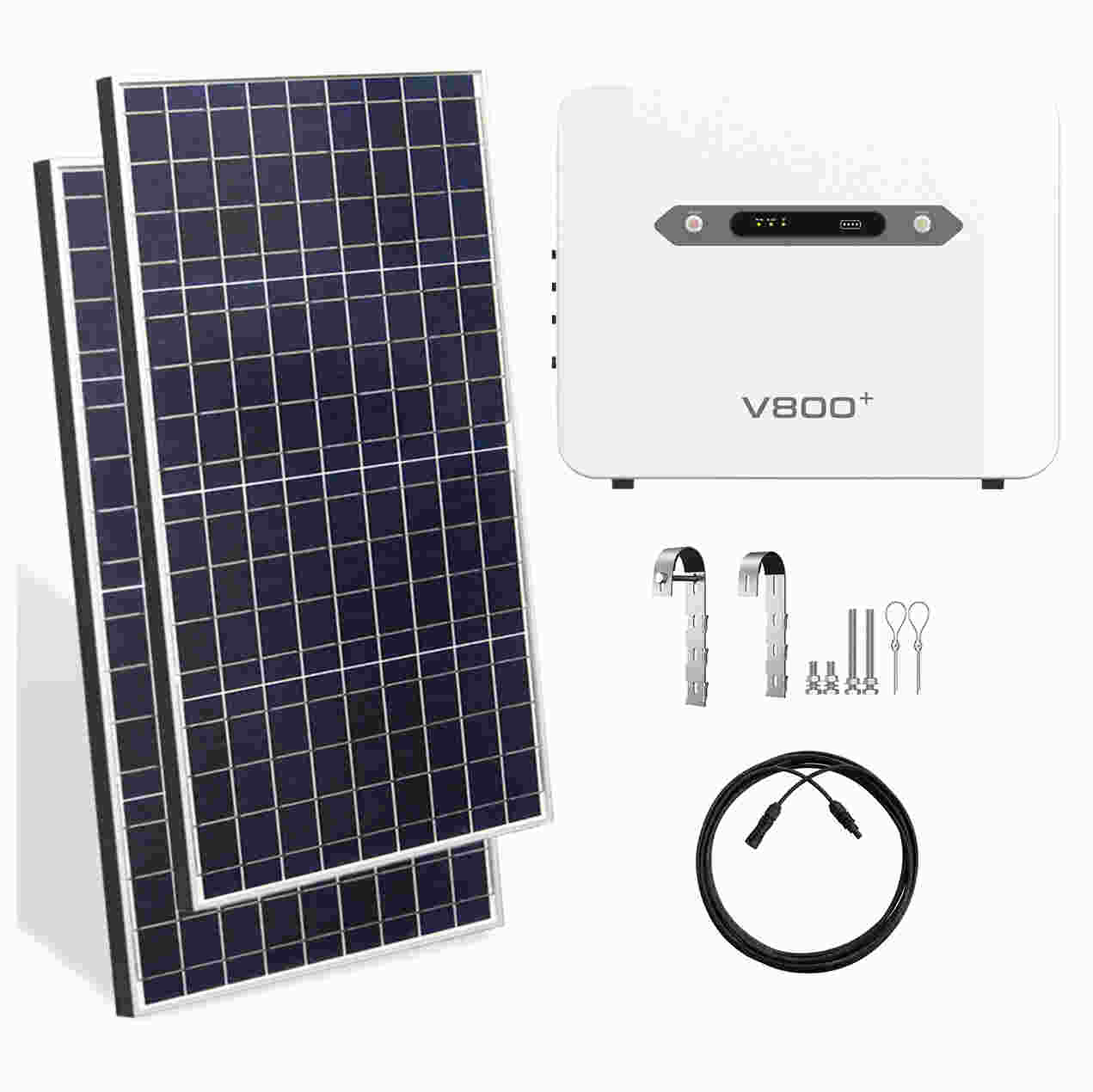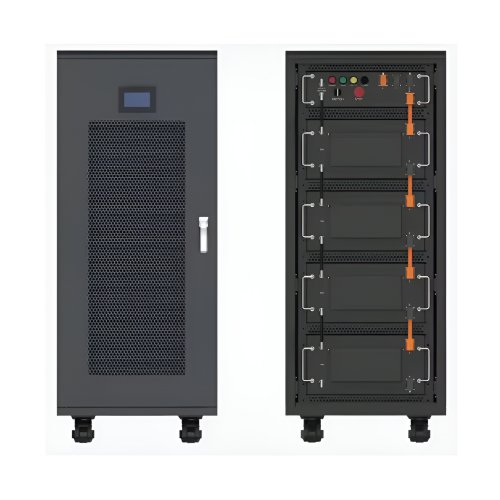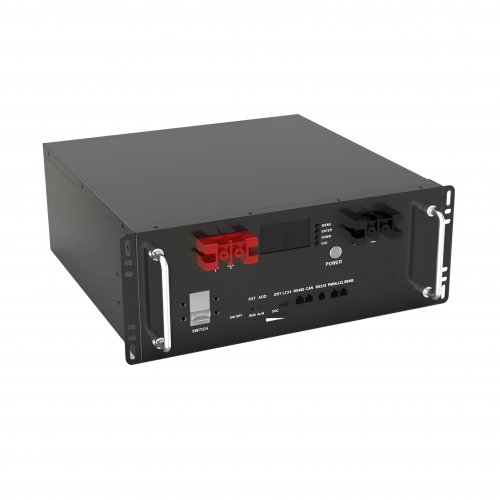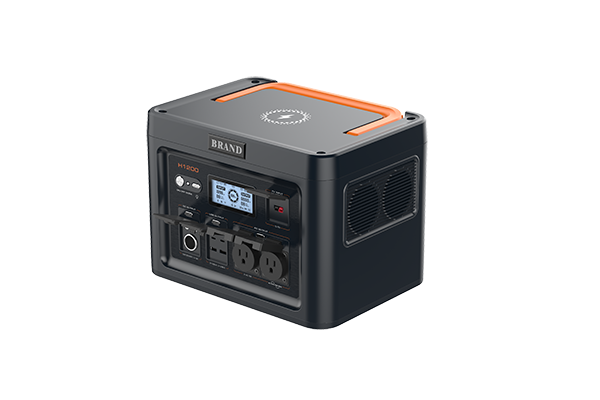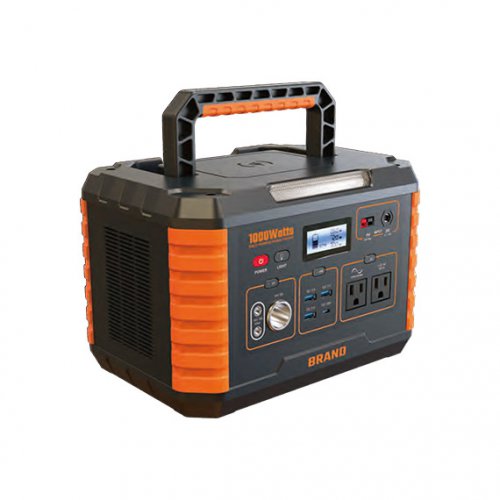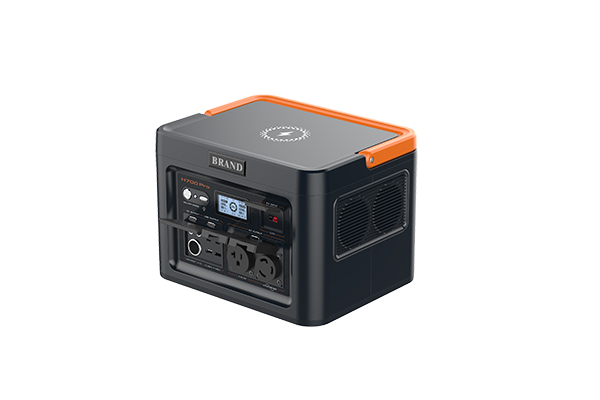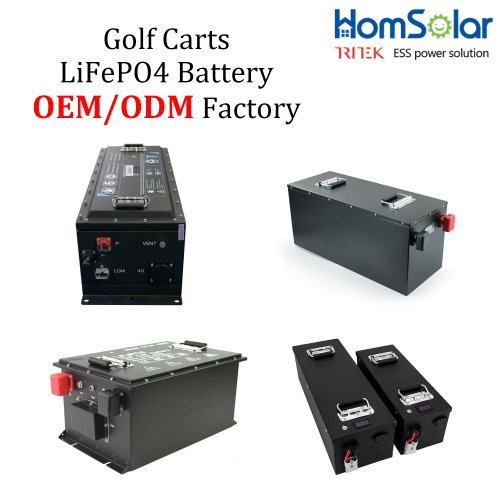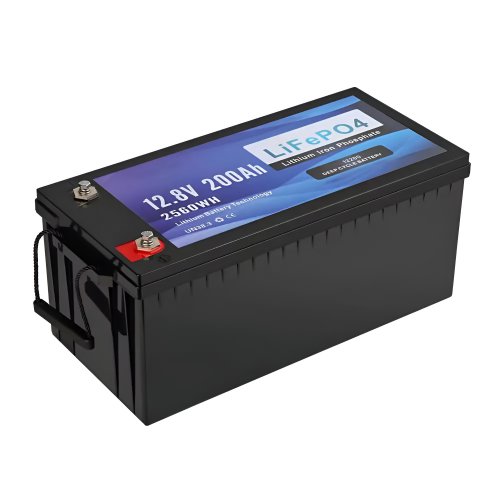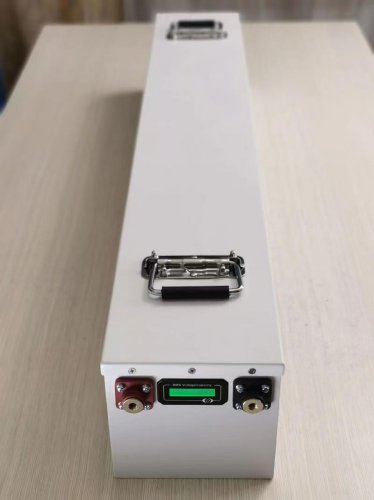Advances In Lifepo4 Cathode: Reinvigorating A Mainstay Through Nanoscale Engineering And Interface Control
The lithium iron phosphate (LiFePO4 or LFP) cathode material, since its seminal introduction by Goodenough's group in 1997, has established itself as a cornerstone of the lithium-ion battery landscape. Prized for its exceptional safety, long cycle life, and low cost, its adoption has surged, particularly in the electric vehicle (EV) and large-scale energy storage sectors. However, its journey has not been static. Once limited by intrinsic low electronic and ionic conductivity, LiFePO4 has been the subject of intense research, leading to a renaissance driven by sophisticated nanoscale engineering, surface coating technologies, and a deeper understanding of its phase transition mechanisms. This article reviews the recent advances that have propelled this venerable material to new heights of performance.
Overcoming Intrinsic Hurdles: Nanoscaling and Beyond
The initial breakthrough for LFP came with the dual strategy of particle size reduction to the nanoscale and conductive carbon coating. This approach drastically shortened the lithium-ion diffusion path and enhanced electronic percolation, effectively mitigating the material's primary weaknesses. Recent research has moved beyond simple carbon black coatings to more sophisticated and tailored architectures.
One significant area of progress is the development of three-dimensional (3D) conductive networks. Instead of merely coating the surface, researchers are now creating LFP particles with in-situ grown graphene or carbon nanotube (CNT) networks that penetrate the secondary particle agglomerates. For instance, a study by Chen et al. demonstrated a "brain-like" interconnected network where CNTs wrapped around LFP nanoparticles, creating highly efficient electron transport channels. This architecture resulted in a material capable of delivering a remarkable capacity of over 160 mAh/g at a 10C rate, significantly outperforming conventionally coated LFP.
Furthermore, the precise control of particle morphology has advanced. While early work focused on spherical nanoparticles, recent efforts have explored one-dimensional (1D) nanorods, two-dimensional (2D) nanosheets, and even porous hierarchical structures. These controlled morphologies often provide oriented pathways for faster lithium-ion diffusion. For example, porous microspheres assembled from primary nanoparticles offer both a high tap density for volumetric energy density and a short diffusion length due to their nano-building blocks, achieving an optimal balance between rate capability and energy density.
The Critical Frontier: Surface and Interface Engineering
The interface between the LFP cathode and the electrolyte remains a critical determinant of performance, especially for long-term cycling stability and high-voltage operation. Surface coating has evolved from a simple carbon layer to multifunctional, atomic-scale layers designed to address specific degradation mechanisms.
A prominent research thrust involves the use of inert metal oxide coatings such as ZnO, Al2O3, and ZrO2, deposited via atomic layer deposition (ALD) or other precise methods. These coatings effectively suppress the dissolution of iron ions—a key degradation mechanism—and protect the surface from acidic species like HF in the electrolyte. Work by Li et al. showed that an ultra-thin Al2O3 coating via ALD could significantly reduce charge transfer resistance and enable stable cycling over 2000 cycles with minimal capacity fade.
Perhaps the most exciting development in interface engineering is the concept of "zero-strain" or lattice-matched coatings. Researchers are exploring coatings whose crystal structure has a coherent interface with LFP, minimizing interfacial strain during lithium (de)intercalation. For instance, the use of a fast-ion conductor like LiNbO3 or a solid electrolyte like Li3PO4 as a coating not only protects the surface but also facilitates faster lithium-ion transport across the interface. A recent study by Liu and colleagues reported a Li3PO4-integrated LFP cathode that exhibited an ultra-stable capacity retention of 95% after 2000 cycles at a 5C rate, highlighting the dual benefit of protection and enhanced kinetics.
Doping and Defect Chemistry: Tuning the Bulk Properties
While surface modifications are crucial, engineering the bulk properties of LFP through cation doping has also seen substantial progress. The substitution of iron with small amounts of elements like magnesium, zinc, vanadium, or niobium has been shown to enhance intrinsic electronic conductivity and stabilize the crystal structure.
The mechanism is now better understood: certain dopants can create favorable defects, such as lithium vacancies or alter the Fermi level, thereby increasing the concentration of charge carriers. Recent first-principles calculations and advanced characterization techniques, such as synchrotron X-ray absorption spectroscopy, have provided deeper insights into how specific dopants occupy lattice sites and influence the electronic structure. For example, co-doping strategies, such as incorporating both a cation (e.g., Zr4+) and an anion (e.g., F-), are being explored to synergistically improve electronic conductivity and structural stability simultaneously. Experimental results from Zhang et al. on vanadium-doped LFP showed a reduced voltage hysteresis and improved rate performance, attributed to the enhanced electronic conductivity and facilitated phase boundary movement.
Future Outlook and Emerging Paradigms
The future of LiFePO4 research is poised to build upon these nanoscale and interfacial control strategies, pushing towards its theoretical limits and exploring new applications.
1. Precision Synthesis and AI-Driven Design: The next frontier involves moving from empirical optimization to predictive, precise synthesis. Machine learning algorithms are beginning to be employed to predict the optimal combination of doping elements, coating thickness, and particle morphology for a specific application (e.g., fast-charging EVs vs. long-duration storage). This data-driven approach could dramatically accelerate the development of next-generation LFP cathodes.
2. All-Solid-State Batteries (ASSBs): LFP is an ideal candidate for ASSBs due to its excellent structural stability and low operating voltage, which is compatible with many solid electrolytes. The primary challenge is creating a low-resistance, intimate interface between the LFP particle and the solid electrolyte. Future work will focus on designing composite cathodes where LFP is seamlessly integrated with solid electrolytes like argyrodites or NASICON-type materials, potentially through advanced sintering techniques or in-situ polymerization.
3. Sodium-Ion Compatibility: As the search for beyond-lithium technologies intensifies, the olivine structure of LFP finds a direct analogue in sodium iron phosphate (NaFePO4). The knowledge gained from decades of LFP research is directly applicable to the development of NaFePO4 cathodes for sodium-ion batteries, which offer potential cost and sustainability advantages for grid storage.
4. Sustainability and Recycling: The inherently low toxicity and cobalt-free nature of LFP align perfectly with the principles of a circular economy. Future research will increasingly focus on developing highly efficient, low-energy recycling processes to recover lithium, iron, and phosphate from spent LFP batteries, closing the material loop and further enhancing its lifecycle sustainability.
In conclusion, the LiFePO4 cathode, far from being a mature and stagnant technology, is experiencing a vibrant second act. Through relentless innovation in nanostructuring, interface control, and defect engineering, its performance is continuously being elevated. As research delves deeper into atomic-scale design and integrates computational tools, LFP is set to remain a pivotal and even more powerful enabler of the global transition to sustainable energy.
References:
1. Padhi, A. K., Nanjundaswamy, K. S., & Goodenough, J. B. (1997). Phospho-olivines as Positive-Electrode Materials for Rechargeable Lithium Batteries.Journal of the Electrochemical Society,144(4), 1188–1194. 2. Chen, Z., et al. (2022). A Brain-like Conductive Network in LiFePO4/Carbon Nanotube Composite for Ultrahigh-Rate Lithium-Ion Batteries.Advanced Energy Materials,12(15), 2103472. 3. Li, X., et al. (2021). Ultrathin Al2O3 Coating on LiFePO4 by Atomic Layer Deposition for Enhanced Cycling Stability at High Voltage.ACS Applied Materials & Interfaces,13(4), 5090–5098. 4. Liu, Y., et al. (2023). Constructing a Robust Li3PO4 Solid Electrolyte Interphase on LiFePO4 for Ultra-Long Cycling Life.Energy Storage Materials,55, 1-10. 5. Zhang, W., et al. (2022). The role of vanadium doping in the kinetics of LiFePO4 phase transition.Nature Communications,13(1), 2310.
Customized/OEM/ODM Service
HomSolar Supports Lifepo4 battery pack customization/OEM/ODM service, welcome to contact us and tell us your needs.


HomSolar: Your One-stop LiFePO4 Battery Pack & ESS Solution Manufacturer
Our line of LiFePO4 (LFP) batteries offer a solution to demanding applications that require a lighter weight, longer life, and higher capacity battery. Features include advanced battery management systems (BMS), Bluetooth® communication and active intelligent monitoring.

Customised Lithium Iron Phosphate Battery Casing
ABS plastic housing, aluminium housing, stainless steel housing and iron housing are available, and can also be designed and customised according to your needs.

HomSolar Smart BMS
Intelligent Battery Management System for HomSolar Energy Storage System. Bluetooth, temperature sensor, LCD display, CAN interface, UART interface also available.


Terminals & Plugs Can Be Customized
A wide range of terminals and plugs can be customised to suit the application needs of your battery products.

Well-designed Solutions for Energy Storage Systems
We will design the perfect energy storage system solution according to your needs, so that you can easily solve the specific industry applications of battery products.



About Our Battery Cells
Our energy storage system products use brand new grade A LiFePO4 cells with a battery lifespan of more than 4,000 charge/discharge cycles.



Applications in Different Industries
We supply customized & OEM battery pack, assemble cells with wiring, fuse and plastic cover, all the cell wires connected to PCB plug or built BMS.
Applications: E-bike, Electric Scooter, Golf Carts, RV, Electric Wheelchair, Electric Tools, Robot Cleaner, Robot Sweeper, Solar Energy Storage System, Emergency Light, Solar Power Light, Medical Equipment, UPS Backup Power Supply.
We can provide you with customized services. We have the ability to provide a vertical supply chain, from single cells to pack/module and to a complete power solution with BMS, etc.


HomSolar (Shenzhen) Technology Co., Ltd







